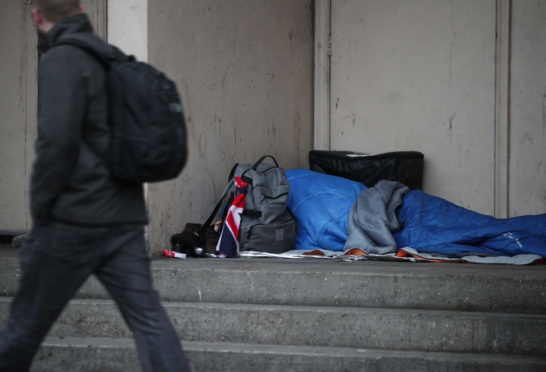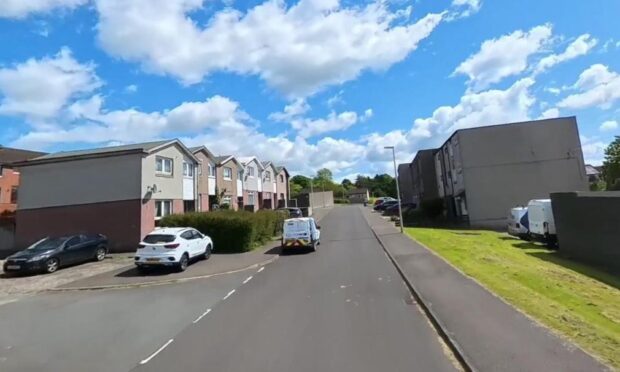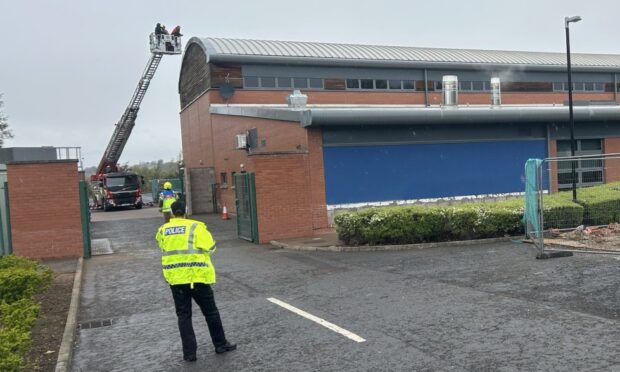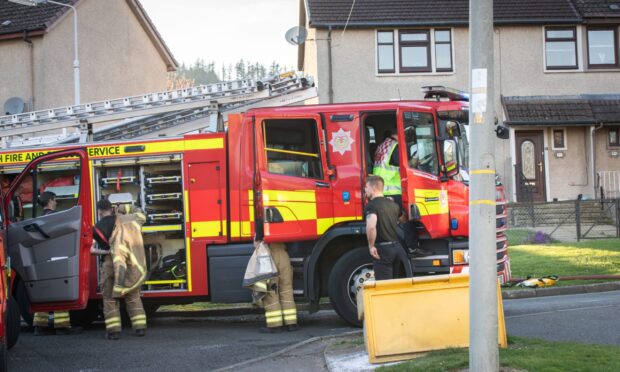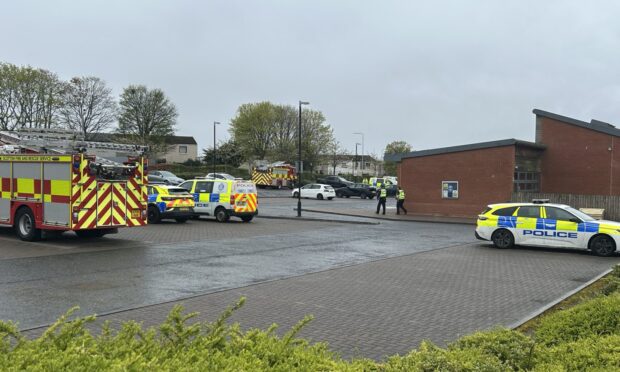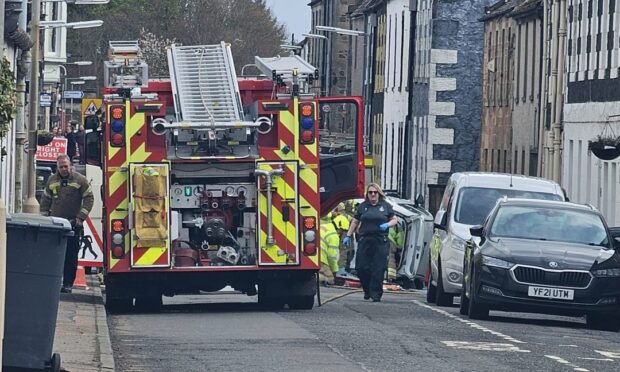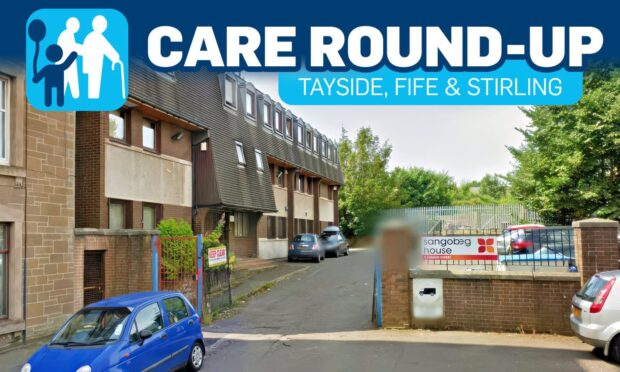Fears Fife is in the midst of a major housing crisis have been heightened after homelessness soared by a third during lockdown.
Since March, Fife Council has provided more than 200 additional scatter flats to those in need – up to around 650 such flats – as the number of homeless households increased by 400 to 1,600.
The increase has been largely attributed to victims of domestic abuse fleeing to temporary accommodation.
Service manager Gavin Smith said: “This is not necessarily due to new demand but more people requiring temporary accommodation for a number of reasons and particularly noticeable increases in relationship breakdown in various forms, including domestic abuse.
“We’re seeing significant increases in new demand during August and expect this to continue throughout the recovery period.”
Since March, 417 households have secured permanent tenancies but the council has had difficulties allocating people to appropriate homes because of what Fife’s head of housing John Mills described as a “housing crisis”
Right to Buy legislation introduced in 1980 and abolished in Scotland in 2016 saw Fife Council housing stock plummet from 76,000 to 28,000.
Mr Mills said: “What we’ve got is a housing crisis and we’re going to be in a housing crisis for some years to come. That’s why we need to keep building new homes, not just social rented homes but other types of tenure as well to help people in need.”
He said the council is in dialogue with the Scottish Government over giving local authorities increased powers to make their own decisions about housing allocations.
It follows concerns raised about a minority of antisocial tenants causing misery for their neighbours.
An independent report was commissioned to examine how the Mayview flats in Anstruther, which are to be demolished to make way for a care village, fell out of favour with tenants because of antisocial behaviour.
Enhanced discretion in allocating tenancies was identified as a potential solution. Also among the recommendations was taking a proactive approach to tackling antisocial behaviour.
Mr Mills said it took two years for cases of serious antisocial behaviour to be heard at a sheriff court and he said councils needed more powers to evict problem tenants.
“The vast majority are really good tenants, they abide by tenancy conditions. It’s the minority that we really need to say ‘sorry, enough is enough’ and we’ve got to be given powers to effectively deal with that.”
Gordon MacRae, Shelter Scotland’s assistant director for communications and advocacy, said signs of such a crisis were evident prior to the pandemic.
“Local authorities were already struggling to cope with the level of housing need. And since then the situation has got a lot worse.
“The Scottish Government took swift action in the early days of the pandemic to get rough sleepers off the streets, protect people from eviction and limit the amount of time anyone could spend in unsuitable temporary accommodation. They pledged not to go backwards on homelessness as we emerged from the crisis.
“Now is the time for ministers to uphold their promises to homeless people. Government and local authorities must urgently step up and significantly increase the supply of suitable accommodation.
“Otherwise a short-term success could become a long-term crisis, with more and more people trapped in unsuitable temporary accommodation, or forced back on to the streets.”
